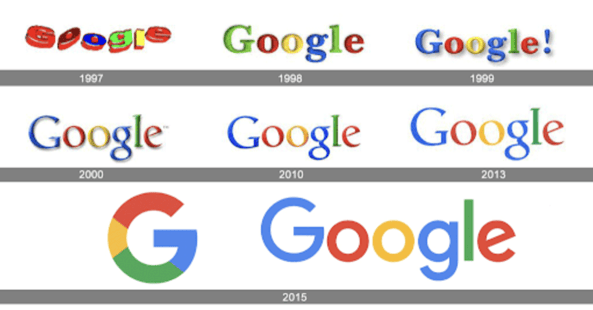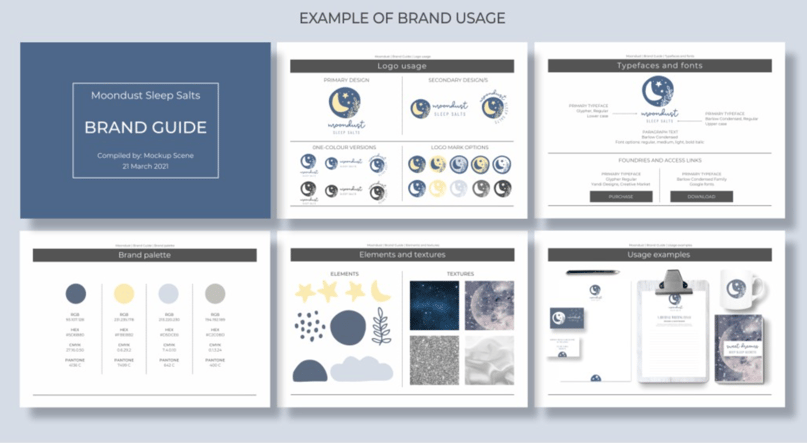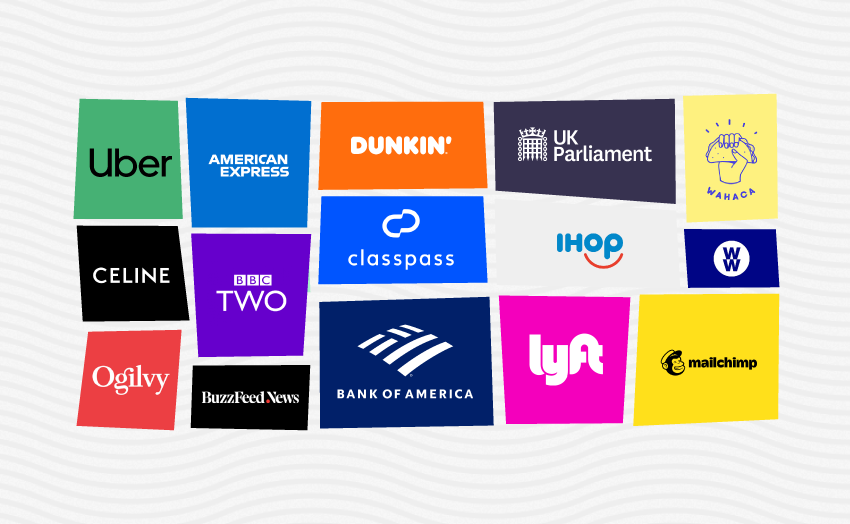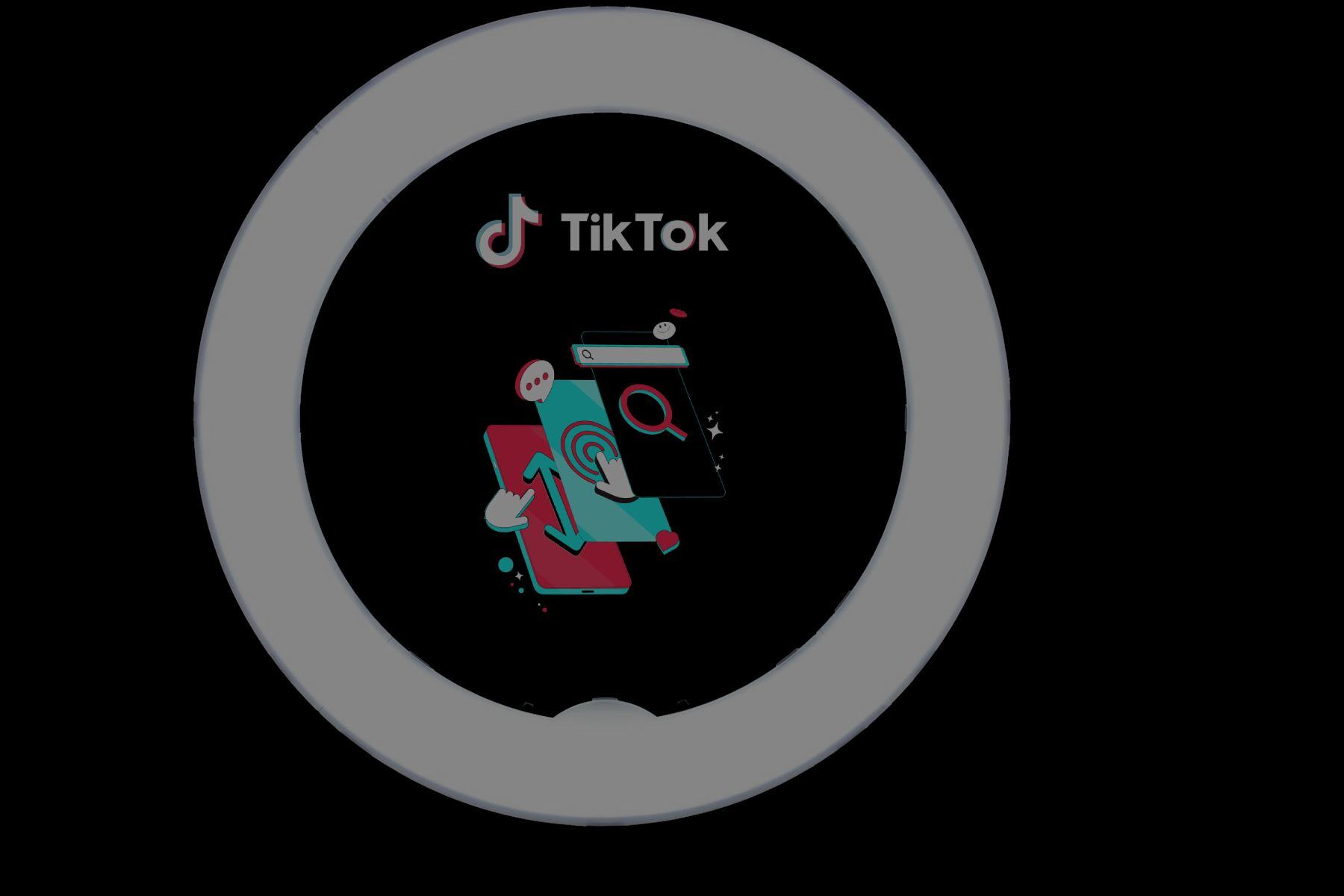Revitalize Your Brand: Essential Steps for Successful Brand Refreshment
Is your brand losing its spark or failing to connect with your audience?
Brand refreshment could be the strategic move you’re searching for. By evolving with market trends and refreshing your brand’s identity, you can re-energize customer interest and maintain relevancy in a shifting business landscape. Embrace the journey towards a dynamic, impactful brand with our guide on the essential steps for effective brand refreshment.

Key Takeaways
-
A brand refresh aims to realign your brand with market trends and customer expectations to maintain its relevancy, recognizability, and dynamic appeal without completely changing its core identity.
-
The brand refresh process encompasses thorough market research, stakeholder engagement, cautious implementation, and meticulous monitoring of results to track its effectiveness and make essential adjustments.
-
Common pitfalls during a brand refresh include neglecting customer feedback, undervaluing internal communication, and hastening the process, which can lead to a disconnected, ineffective brand update and potential alienation of loyal customers.
Understanding the Need for Brand Refreshment

Have you ever felt like your brand isn’t reaching its full potential? Or that it’s not resonating with your target audience as it used to? This could be a sign that your brand needs a refresh. A brand refresh is not about changing your brand completely; it’s about:
- Realigning your brand with current marketplace trends
- Ensuring it remains recognizable after changes
- Building on its existing strengths to improve customer retention.
The objective of a brand refresh is to develop the brand’s identity and perception among customers, thus keeping the business contemporary, relevant, and in sync with client expectations and marketplace trends. So, a brand refresh is not a change for change’s sake, but rather a strategic move to keep your brand dynamic, relevant, and appealing to both your existing customers and new audiences.
Signs Your Brand Needs a Refresh
Determining the right time for your brand to undergo a refresh can be challenging. You may be emotionally attached to your current branding and hesitant to make any changes. However, there are several signs you can look out for. For example, an outdated visual identity could indicate that your brand isn’t in sync with your company’s mission or the current marketplace trends. We often pull up a prospect's website and immediately can identify when the brand was created, and if it's overdue for that refresh.

Can you imagine if you were still looking at the original Google logo from 1997?! Yikes!
Another telltale sign is inconsistent messaging. If your brand messages are not hitting the mark with your target audience, it might be a signal that your brand needs a refresh. Increased competition is another indication that a refresh may be in order. Having a more robust and updated brand presence can give you a competitive edge. Lastly, underperforming marketing efforts may suggest that your brand is not resonating with your audience, indicating the necessity for a brand refresh.
Benefits of Brand Refreshment
Having discussed the indicators that your brand may need a refresh, it’s time to examine the potential benefits of this process. A successful brand refresh can lead to increased brand recognition, making your brand more visible and influential. It can also boost customer retention by re-engaging your existing customers with a modern and updated brand image.
In addition, brand refreshment can:
- Attract new audiences (and new hires!)
- Tap into new demographics and markets, inspiring engagement from audiences who may not have connected with your brand before
- Make your marketing campaigns more impactful and effective at driving sales and building stakeholder relationships
Just like what we did when rebranding from "Impelr" to "Torro Media." It checked all those boxes and then some!
Key Components of a Successful Brand Refresh

A triumphant brand refresh extends beyond merely updating your logo or altering your color scheme. It’s about creating a brand that resonates with your target audience, aligns with your brand values and positioning, and stands out in the crowded marketplace. So, what are the key elements of a successful brand refresh?
Firstly, visual identity is crucial. It’s the most immediate impact on customers and a crucial step in revitalizing a brand. Secondly, refining your messaging and emotional appeal is vital. This can generate new ideas for your brand’s future and enhance its emotional appeal. Lastly, aligning with your brand values and positioning ensures that the refreshed brand accurately embodies your company’s mission, vision, and unique selling points.
Visual Identity Update
Aspiring to make a notable impact with your brand refresh? Initiate with your visual identity. This involves giving your:
- logos
- colors
- typography
- design element
A modern makeover while ensuring that your current brand remains easily recognizable.
Updating your visual identity brings freshness to your brand and makes it more visually appealing, all while maintaining brand recognition. It involves leveraging your existing brand equity while taking your brand in a slightly different, modern, and fresh direction, opening up new possibilities and attracting a wider audience.
Transforming brand elements such as logos, colors, typography, and other design elements can have a significant impact on your brand’s visual identity.
Messaging and Emotional Appeal
Moving forward, it’s time to discuss the fine-tuning of messaging and emotional appeal. In today’s saturated marketplace, it’s not enough to have a unique product or service; your messaging and emotional appeal must resonate with your audience and create positive emotions that will drive customer loyalty.
The emotional component in messaging shows customers how your product or service can make their lives easier, better, or more fulfilling, creating a stronger bond and increasing your brand’s allure. You can boost customer loyalty by directly engaging with your target audience and actively seeking their feedback to ensure your messaging aligns perfectly with their preferences and expectations.
Alignment with Brand Values and Positioning
Finally, ensuring alignment with brand values and brand positioning is of utmost importance. This ensures that the refreshed brand accurately represents your company’s mission, vision, and unique selling points.
During a brand refresh, it’s crucial to integrate your unique selling proposition (USP) into customer interactions, prominently feature it on your website homepage and social media channels, and deliver clear, concise, and impactful messaging to effectively preserve your brand’s uniqueness. By understanding market and competitive dynamics, creating detailed brand guidelines, focusing on internal branding, and leveraging your brand story and mission statement throughout the refresh process, you can ensure strong alignment with your brand values and positioning.
The Brand Refresh Process: Step-by-Step Guide

Now, it’s time to delve into the brand refresh process. A successful brand refresh involves a step-by-step process that includes:
- Conducting market research
- Engaging stakeholders
- Implementing the refresh
- Monitoring results
The initial step entails conducting market research, laying the groundwork for the entire refresh initiative.
Subsequently, it’s critical to engage stakeholders and promote team collaboration, ensuring a comprehensive perspective and acceptance of the refreshed brand both internally and externally.
Finally, devising an effective implementation plan is key to conveying and acting on changes, ensuring the refresh is executed efficiently.
Conducting Market Research and Competitive Analysis
The first step in the brand refresh process is conducting market research. This is essential before a brand refresh as it helps better understand your customers’ current needs and identifies areas for improvement, allowing you to make informed decisions during the refresh.
You can make use of the following methods to gather insights into your target market’s preferences, needs, and behaviors:
- Surveys
- Focus groups
- Interviews
- Questionnaires
These methods also capture vital consumer perceptions and attitudes towards your brand, providing critical information for a successful refresh.
Aside from understanding your customers, conducting competitive analysis is also crucial. This provides valuable insights from the triumphs and setbacks of competitors, serving as a well of inspiration.
Engaging Stakeholders and Team Collaboration
Upon completing market research, it’s time to engage stakeholders and promote team collaboration. Engaging stakeholders and getting the entire team involved ensures a cohesive execution of the new brand strategy.
You can supercharge team collaboration during a brand refreshment by getting the entire team involved and establishing a strong foundation for collaboration within the company. Also, actively engaging external stakeholders throughout the brand refreshment process and valuing their input can shape a powerful brand strategy.
Implementing the Refresh and Monitoring Results
The concluding step in the brand refresh process involves implementing the refresh and tracking the results. Here are some strategies for implementing the refresh:
- Conduct a thorough brand audit to uncover strengths and areas for improvement.
- Use social media for powerful marketing.
- Set yourself apart from competitors.
- Gather valuable customer feedback through surveys.
By following these brand refresh strategy guidelines, you can effectively implement the brand refresh and track the results.
Monitoring results during the brand refresh process is key to assessing the effectiveness of the refresh and making timely adjustments. When assessing the success of a brand refresh, it’s crucial to track:
- An upsurge in customer demand
- Heightened website traffic
- Enhanced engagement markers
- Improved brand image and perception
- Increased brand value
- Greater impact
- Boosted sales performance
- A range of digital metrics
Typically, you should wait several months to a year or more before evaluating the results of a brand refresh to see its true impact in the marketplace.
Real-Life Examples of Successful Brand Refreshments

Having covered the essence of a brand refresh, let’s examine some real-world examples of companies that have effectively refreshed their brands. These examples can serve as inspiration for your own brand refresh and show you what’s possible when you take the plunge.
Starbucks and Mastercard are two such examples. Both companies managed to successfully refresh their brands while maintaining their core identity and staying true to their brand values and positioning, proving that a brand refresh can work wonders when done right.
Starbucks
Starbucks, the world-renowned coffeehouse chain, made significant changes during its brand refresh, simplifying its logo to a more minimalist design by removing auxiliary words such as ‘Starbucks’ and ‘Coffee’, making the siren image the sole focus.
The changes reflect the company’s values of embracing a minimalist and experiential strategy, indicating a shift to focus on more than merely offering coffee but providing an overall experience. This was a significant shift, but it was well-received by customers who embraced the new logo.

Mastercard
Mastercard also underwent a successful brand refresh. They unveiled a new brand mark and design system that evolved their iconic red and yellow interlocking circles and removed their name from the logo to embrace a more modern and streamlined look. The changes reflected Mastercard’s brand values and positioning by emphasizing simplicity, connectivity, and seamlessness.
The new customers embraced the streamlined and modernized design while still honoring the brand’s iconic elements.

Common Mistakes to Avoid in Brand Refreshment

Although a brand refresh can infuse your brand with new energy, there are certain common pitfalls to steer clear of. To avoid these, consider using a brand refresh checklist. Some common pitfalls include overlooking customer feedback, neglecting internal communication, and rushing the process.
Ignoring customer feedback can lead to a subpar refresh that might not align with customers’ needs and preferences. Overlooking internal communication can cause a fragmented and ineffective brand update. Finally, hastening the process could result in:
- insufficient brand research
- a feeble strategy
- copying competitors
- falling prey to trends without thoughtful contemplation.
Overlooking Customer Feedback
Overlooking customer feedback during a brand refresh is a common mistake. Customer feedback offers valuable insights into customer preferences, needs, and expectations. It allows companies to identify areas for improvement and make informed brand strategy decisions.
Not taking customer feedback into account can lead to serious consequences like:
- Damaging the brand
- Losing loyal customers
- Creating confusion with inconsistent messaging
- Reducing brand equity
- Risking customer boycotts
- Possibly alienating loyal customers due to unexpected changes
Therefore, it’s crucial to pay attention to customer feedback during a brand update.
Neglecting Internal Communication
Neglecting internal communication during a brand refresh can lead to:
- Ineffective communication of the brand’s new direction both internally and externally
- Impact on information flow and resource distribution
- Low employee morale
- Potential failure of the brand refreshment.
Involving all team members in a brand refreshment process is crucial for achieving success. When every team member is committed and actively participates, it ensures a cohesive execution of the new brand strategy.
Rushing the Process
Lastly, rushing the process of a brand refresh is a common mistake to avoid. Carefully planning and executing a brand refresh is essential to cultivating a strong, impactful image, reinforcing brand recognition, and providing clarity to customers.
Rushing can lead to:
- Inadequate brand research
- A weak strategy
- Imitating competitors
- Succumbing to trends without careful consideration
All of which can diminish brand recognition and appeal. Therefore, it’s important to allocate sufficient time for each phase of a brand refresh.
Summary
In conclusion, a successful brand refresh involves updating visual identity, refining messaging and emotional appeal, aligning with brand values and positioning, and carefully planning and executing the refresh process. It’s a strategic move that can help a brand stay relevant, attract new audiences, and maintain customer loyalty. By avoiding common mistakes such as overlooking customer feedback, neglecting internal communication, and rushing the process, businesses can ensure a successful brand refresh that will take their brand to new heights.
Frequently Asked Questions
What is a brand refresh?
A brand refresh involves updating a brand's image while staying true to its core identity and values to stay relevant and competitive in the market. It allows for modernization while retaining the essence of the brand.
What is an example of brand refresh strategy?
A great example of a successful brand refresh strategy is Starbucks, which gradually evolved its logo over time, ultimately dropping the "Starbucks coffee" text while keeping its signature siren, resulting in a significant impact. Take inspiration from this approach!
Where do I start a brand refresh?
Start your brand refresh by focusing on the 7 crucial elements of a strategic brand refresh to ensure a comprehensive and effective update.
What is the fundamental goal of a brand refresh?
The fundamental goal of a brand refresh is to update the brand's identity and perception to stay relevant and aligned with customer expectations and market trends. It's essential for staying competitive and engaging with your audience.
What are the key components of a successful brand refresh?
The key components of a successful brand refresh are updating visual identity, refining messaging and emotional appeal, and aligning with brand values and positioning. These elements are essential for a successful brand refresh.



